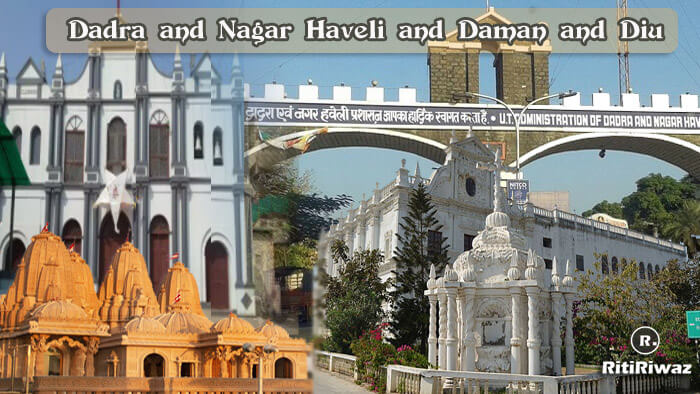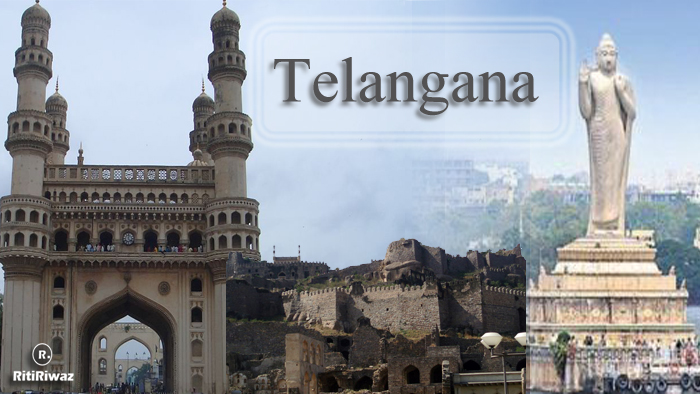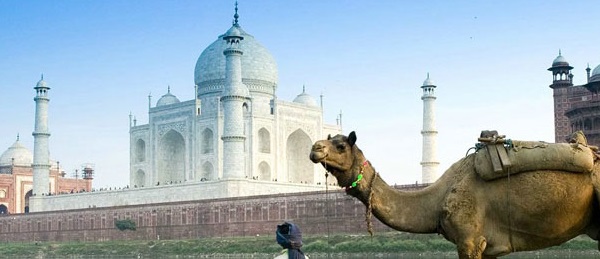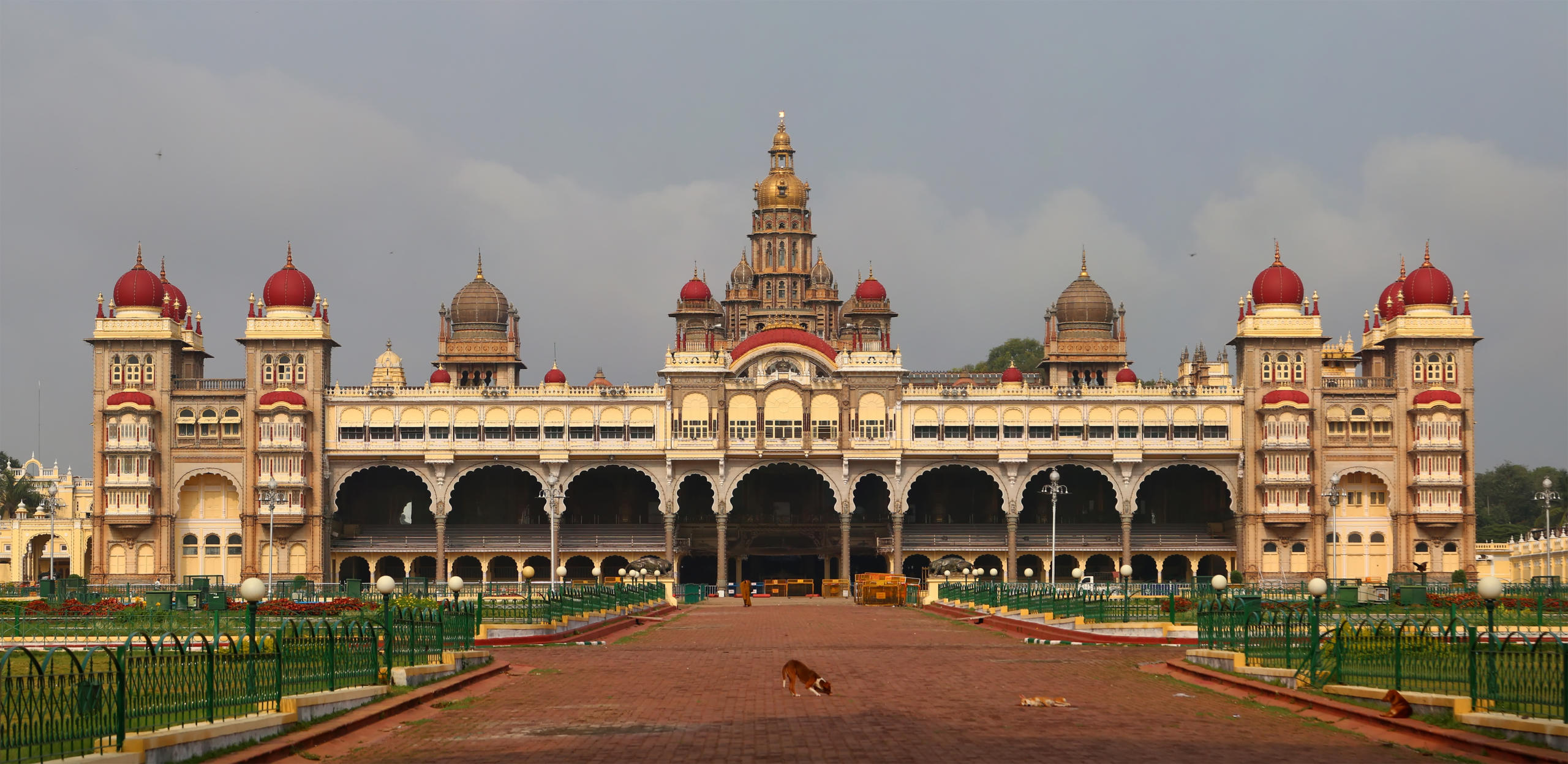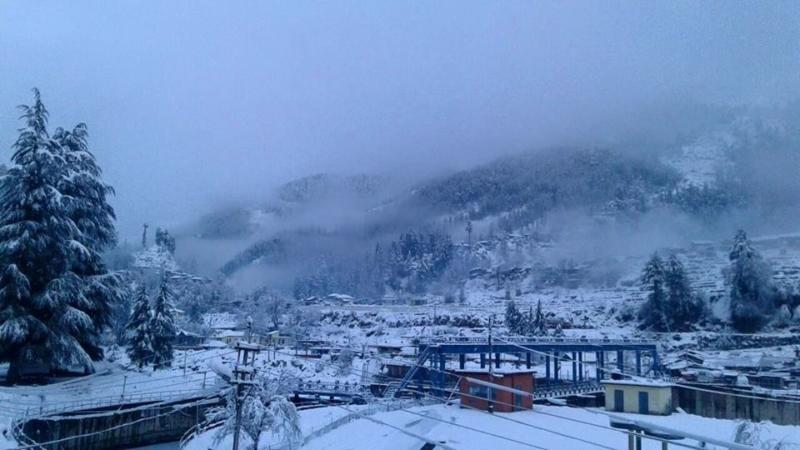Madhya Pradesh – Heart Of India
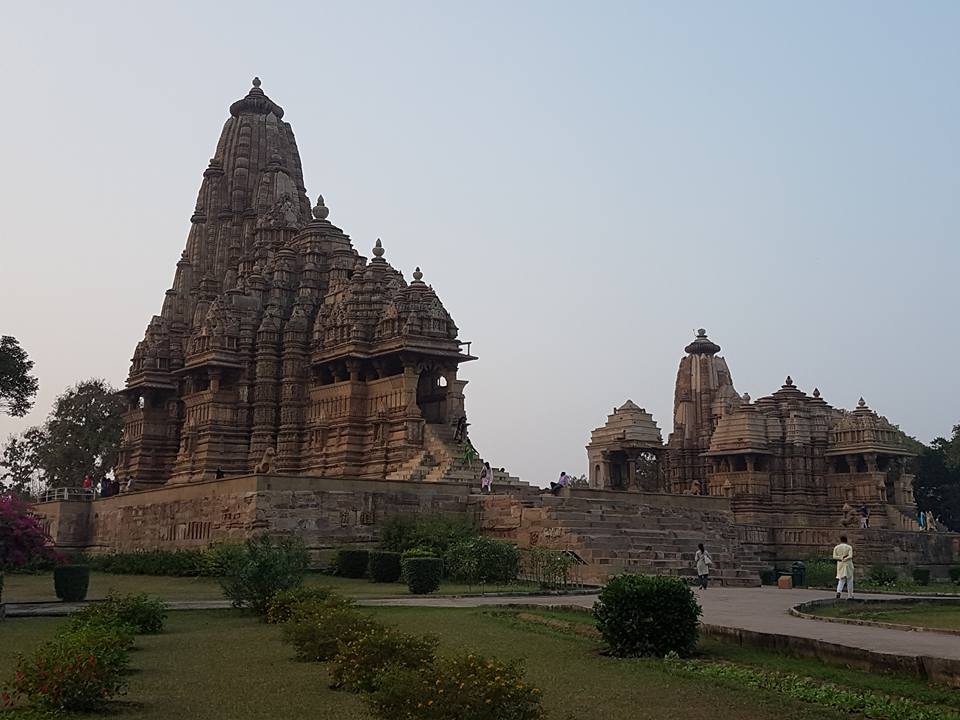
Take a glimpse into a world where culture and heritage go hand in hand. Travel to Madhya Pradesh perhaps is the biggest state of the Indian subcontinent. Officially declared as a state Madhya Pradesh is a cluster of innumerable districts and varied topographic and climatic characteristics. Housing the magnificent Vindhyachal mountain range, river valleys, and plateau of Madhya Pradesh are famous for their wonderful art, craft, music, and dance. Tour Madhya Pradesh, a scenic destination that will entice you with its bounteous nature. Discover Madhya Pradesh a state which will fascinate you and will create an innate desire to explore the enticing state. The best time to visit Madhya Pradesh is during November and February.
Madhya Pradesh is called the ‘heart of India‘, not only because of its location in the center of the country but also because, it has been home to the cultural heritage of Hinduism, Buddhism, Jainism, and Islam. Innumerable monuments, exquisitely carved temples, forts, and palaces are peppered all over the state – glorious reminders of emperors and kings, warriors and builders, poets and musicians, saints and philosophers. The natural beauty of the state is equally varied. Consisting largely of a plateau, the state has everything – awesome mountain ranges, meandering rivers, and miles and miles of dense forests. The rich folk culture and tribal traditions of this fascinating state are manifested in the umpteen exuberant festivities, and the Statue of Rani Jhansi, Gwalior fairs of its colorful people.
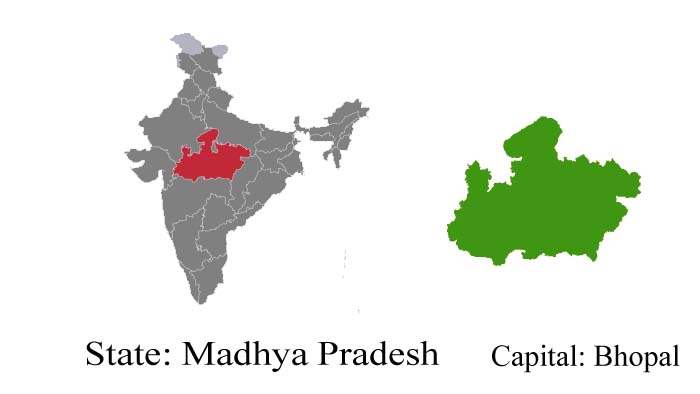
Fast Facts :
-
Area: 308,000 sq km
-
Population: 7,25,97,565
-
Capital: Bhopal
-
The language spoken: Hindi
-
Best Time to visit: September to February
-
Major Cities: Khajuraho, Bhopal, Pachmarhi, Sanchi
-
State Emblem: Ashoka lions, banyan tree,
 ears of wheat, and ears of rice
ears of wheat, and ears of rice -
State Animal: Barasingha (Rucervus duvaucelii)
-
State fish: Mahasheer (Tor tor)
-
State Bird: Indian paradise flycatcher (Terpsiphone paradisi)
-
State Tree: Banyan (Ficus benghalensis)
-
State Flower: Madonna lily (Lilium candidum)
- Culture and tradition of Madhya Pradesh
Tourist Attractions :
Bandhavgarh National Park
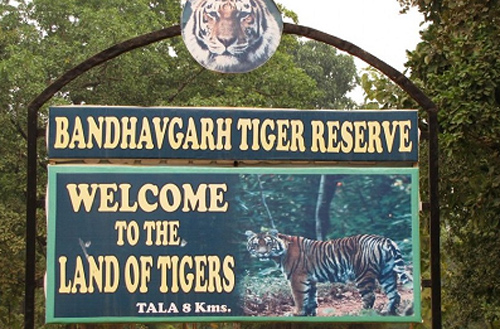
Set amidst the Vindhyan ranges, Bandhavgarh National Park has a series of ridges running through it. Initially, just 105.40 sq. km. in the area, Bandhavgarh with 25 resident tigers, was noted for its high-density tiger population. Today, it has been extended to an area of 437 sq. km. About half the Park is covered with fine stands of sal, while mixed forests are found in the higher reaches of the hills. Stretches of bamboo and grasslands extend to the north. The main viewing area is still in the core of the Park with its 32 picturesque, wooded hills.
Bhopal
Bhopal, the capital of Madhya Pradesh, is a fascinating amalgam of scenic beauty, historicity, and modern urban planning. It is situated on the site of an 11th-century city, Bhojapal, founded by Raja Bhoja. The founder of the existing city was, however, an Afghan soldier of fortune, Dost Mohammed. Fleeing from Delhi in the chaotic period that followed Aurangazeb’s death, Dost Mohammed encountered the beautiful Gond queen Kamalapati, who sort his aid after the murder of her consort.
Suggested Read: Jyotirlinga Temple
Pachmarhi
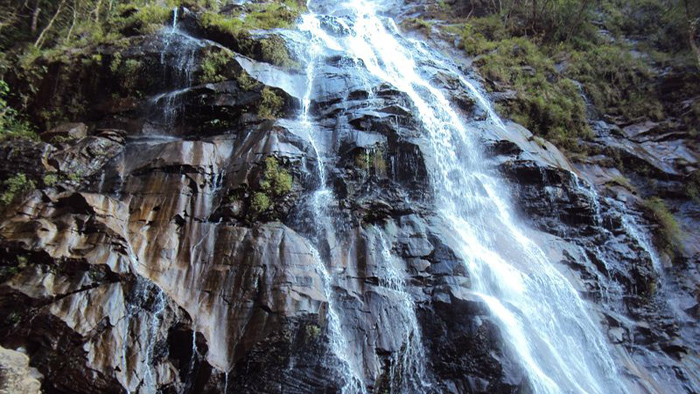
Pachmarhi is Madhya Pradesh’s most verdant jewel, a place where nature has found exquisite expression in myriad enchanting ways. Green shades embrace the mountains and everywhere is heard the gentle murmur of flowing water. Bridle paths lead into tranquil forest glades, groves of wild bamboo and jamun, dense sal forests, and delicate bamboo thickets.
Sanchi
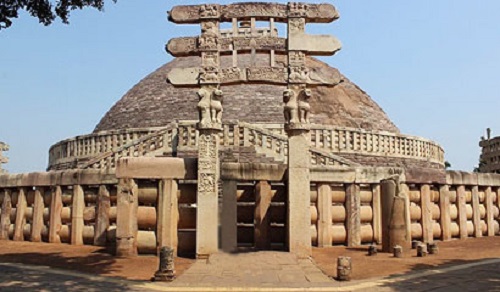
Sanchi is 9 km from Vidisha and 68 km from Bhopal in Madhya Pradesh. It is famous for several stupas, Gupta temples, and Buddhist monasteries. Sanchi is listed as a World Heritage Site. The stupas at Sanchi trace the growth of the Buddhist architecture and sculpture at the same site from the 3rd century BC to the 12th century AD. Emperor Ashoka built the Stupa at Sanchi the central chamber of which contains relics of Buddha. The stupas at Sanchi are remarkable for their toranas or the gateways as they are ornamented by the depiction of incidents from the life of the Buddha, his previous incarnations, and various episodes from Jataka tales. Sculptors of the different time periods depicted the same story by repeating figures. The Buddha has been represented through symbols like the tree, throne, stupa, horse, lion, and elephant. There is a site museum at Sanchi, which has a good collection of artifacts found on the spot, and nearby location s. It is the first site museum in India. The tour of Sanchi is a must to appreciate the skills of the artisans and the beauty of the monument.
Suggested Read: Amarkantak
Gwalior
Gwalior is named after a legendary Saint Gwalipa of 8th Century A.D. It is also sacred to the memory of the heroic queen Rani of Jhansi and Tatya Tope.
Kanha National Park
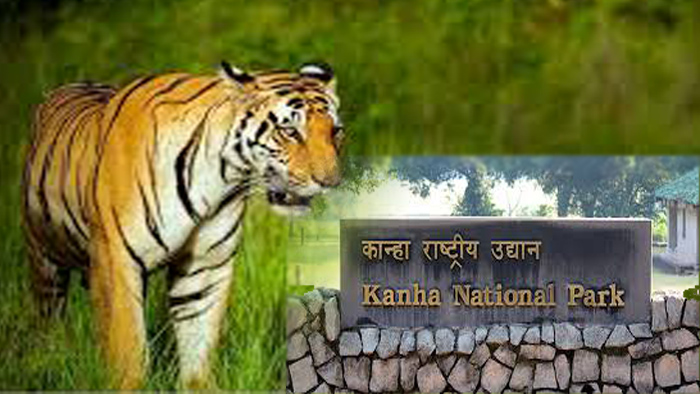
Located in the Mandla district of Madhya Pradesh, Kanha National Park is a tiger reserve that extends over an area of over 940 square km. A horseshoe-shaped valley bounded by the spurs of the Mekal presents an interesting topography. Steep rocky escarpments along the edges offer breathtaking views of the valley. Realizing the danger to the Tiger population in the country, the Government started the “Project Tiger” at Kanha, and in 1974 the area was declared a Tiger reserve. The park is also the habitat of the high ground Barasingha.
Khajuraho
Khajuraho is a small town in Madhya Pradesh. It is known the world over, for its unique temple which reflects human emotions that give an outlet to spiritual and physical love. This obscure village of central India was discovered in 1838 by a British army engineer, captain TS Burt. Khajuraho derived its name from the word ‘khajur‘ meaning the date palm, was a quiet unknown town till a chance discovery made it a popular tourist destination. It remained in obscurity till 1960 but now it is after Taj, India’s biggest single tourist attraction. Khajuraho has the largest group of medieval temples; each studded with countless sculptures of extraordinary grace and delicacy. The temples of Khajuraho, are true, celebrations of the stylized and refined courtly accomplishments of beauty, love, and creative arts. In 1986 it was given the status of a world heritage site in order to preserve its splendor for posterity.

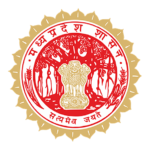 ears of wheat, and ears of rice
ears of wheat, and ears of rice
